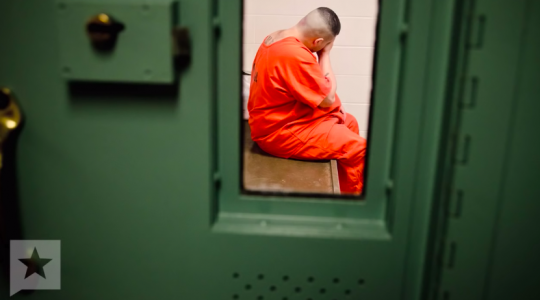
The warnings and recommendations of health experts indicate that Harris County is not doing enough to mitigate the spread of coronavirus in its jail. A variety of local health experts have emphasized that jails are particularly vulnerable to an outbreak of COVID-19, as they contain optimal conditions for the spread of infectious disease. Holding thousands of people in close quarters, jails are unable to comply with CDC recommendations like social distancing and hand washing. Jail populations are also composed of a disproportionate number of medically vulnerable individuals—such as the elderly and those with chronic diseases—who are at a high risk of developing life-threatening complications from the virus.
Though it is important to remove vulnerable people from such an unsafe environment, the release of a select small number of incarcerated individuals is not enough to prevent loss of life. Under current conditions, health experts characterize the spread of COVID-19 within jails as inevitable and impending, unless further action is taken to quickly and dramatically reduce jail populations. Outbreaks of COVID-19 are already happening among incarcerated individuals at Rikers Island jail in New York City, Cook County Jail in Chicago, TDCJ prison units, and the Dallas County Jail—and now among jail personnel in Harris County. As the risks of a massive outbreak within the Harris County Jail increase by the day, county officials should be taking immediate action to reduce the jail population by thousands.
Looking at the Harris County Jail population numbers, however, shows a disturbing lack of urgency among actors in the county’s justice system. As of March 25, 2020, there were still over 8,000 people being held at the Harris County Jail, a full 80% of whom are legally innocent and being held pretrial:

Even more disturbing, the 8,076 individuals held on March 25 represents a less than 10% reduction in the population since March 11, the date that officials canceled the Houston Rodeo and Livestock Show to prevent further spread of COVID-19 locally. The number of people being held pretrial on felony charges has barely changed since March 11, with a reduction of less than 4% of the population.
In some effort to reduce the incarcerated population, Harris County district court judges entered an order allowing for the increased release of people charged with certain state jail felony offenses. But that order was not issued until March 21, and the numbers show that the order has failed to reduce the jail population in any meaningful way:

Since the order took effect on March 21, the overall jail population is down less than 3%. With over 600 people still being held pretrial for state jail felony offenses, it is clear that the order is insufficient to make a dent in its target population, let alone in the 5,618 individuals still held pretrial that face felony charges. Being charged with a crime should not be a death sentence, and more must be done to ensure that these thousands of legally innocent individuals are not exposed to the COVID-19 virus because they could not afford to pay their bail.
Harris County actors—particularly district court judges, who preside over state jail felony and felony-level cases—must act immediately to lower the jail population. But are there individual district court judges who have taken dramatic steps to reduce their population levels? We broke down the jail population numbers by court to see if we could answer this question:

Some judges—like Judge Nikita Harmon of the 176th District Court (showing a 1-person decline in the overall detained population between March 11 and March 25) and Judge Ramona Franklin of the 338th District Court (showing an 8-person decline during that time period)—have barely reduced their populations since March 11, while others—like Judge Hazel Jones of the 174th District Court (showing 392 detained people on March 25) and Judge George Powell of the 351st District Court (showing 406 detained people on that date)—are each responsible for approximately 400 people in detention. Even the judges with the highest population reductions—like DaSean Jones of the 180th District Court (showing a 12.4% decline in the detained population between March 11 and March 25), Judge Abigail Anastasio of the 184th District Court (showing an 11.0% decline), and Judge Frank Aguilar of the 228th District Court (also showing an 11.0% decline)—are still each responsible for over 200 people in detention.
To prevent a deadly COVID-19 outbreak in Harris County’s jail, much more must be done—and quickly. The above numbers demonstrate that Harris County’s district court judges must take significant steps NOW to reduce the county’s jail population. County officials should be harnessing their authority to release people from jail to mitigate the risk of harm and protect people’s lives.
Authored by Jay Jenkins and Elaine Hennig. For more on COVID-19's impact on the Harris County justice system, click here.